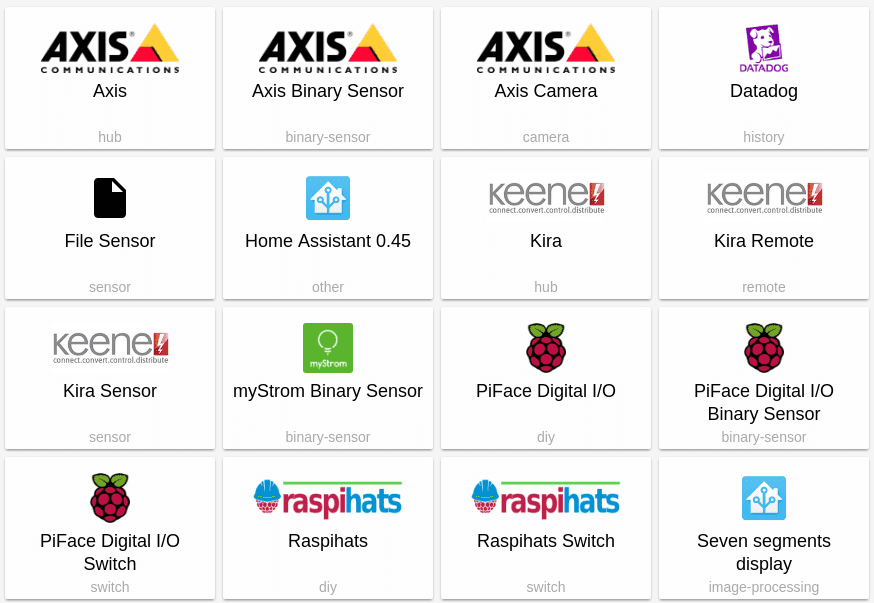博客
Home Assistant 0.45: Automation editor, Z-Wave panel, OCR
Welcome to another great release of Home Assistant! While some of contributors and users are gathering at PyCon US 2017, we still managed to get a great release together!
First thing for this release is a feature that has been requested a lot: an automation editor! It’s still experimental - and many things are still in progress - but it works! You can create new automations and edit existing ones. If you start a new config, you’re all good to go. Otherwise check these instructions to get your automations ready for editing in the UI.
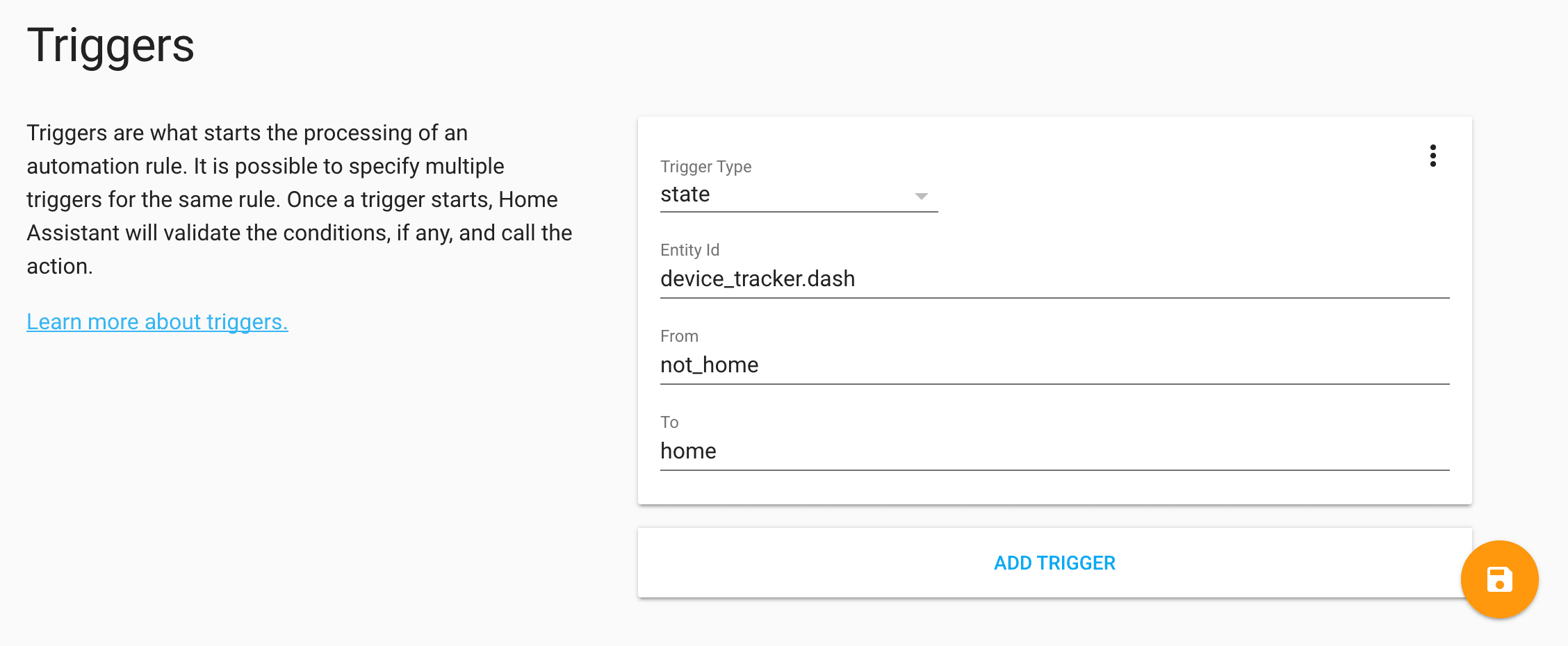
Check this video
As the editor is experimental, there are some limitations. These include that Chrome/Chromium is the only supported browser, we don’t support all triggers and actions and there is no support for conditions yet. But the foundation is there and so if you want to contribute to this, come help!
On the Z-Wave front a lot has happened. The biggest one is that we have a major extension of the Z-Wave panel thanks to @turbokongen

If you have a security key set in your Open Z-Wave options.xml, copy options.xml to your Home Assistant configuration directory. This is the only place where options will get persisted.
Next to that @armills
This release also contains two integrations which could help you to make non-smart devices a little smarter. The file sensor and the seven_segments OCR image processing platform. The first simply reads a plain-text file which was created by a logger or alike. The latter one extracts the value from a captured image that shows a seven-segments display.
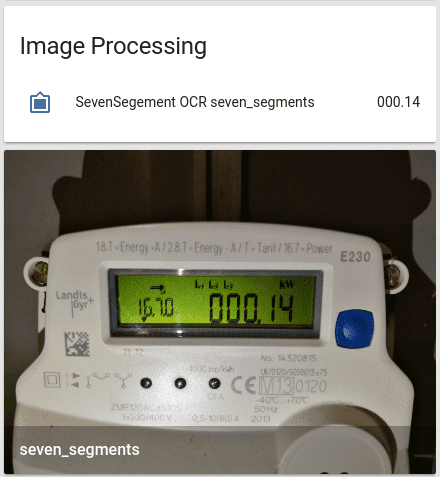
And last, but not least, our Docker image is now based off Python 3.6. This version is faster and uses less memory than Python 3.5. Win!
If you are using our experimental Hass.io image, we made a breaking change in how the panel is served. If you have an existing installation, make sure you update your supervisor to the latest version before updating Home Assistant. If you are going to flash a new Hass.io image, make sure to only flash the new 0.8 image as linked on the installation page.
New integrations
- Add new raspihats component (@florincosta
- #7392 ) (raspihats docs) (new-platform) - Add datadog component (@nunofgs
- #7158 ) (datadog docs) (new-platform) - Add support for automation config panel (@balloob
- #7509 ) (config.automation docs) (new-platform) - Z-Wave panel API (@turbokongen
- #7456 ) (zwave docs) (zwave.api docs) (new-platform) - myStrom Buttons support (@fabaff
- #7099 ) (binary_sensor.mystrom docs) (new-platform) - Support for the PiFace Digital I/O module (@basschipper
- #7494 ) (rpi_pfio docs) (binary_sensor.rpi_pfio docs) (switch.rpi_pfio docs) (new-platform) - Add raspihats binary sensor (@florincosta
- #7508 ) (binary_sensor.raspihats docs) (new-platform) - Support lutron serena shades (@gurumitts
- #7565 ) (lutron_caseta docs) (cover.lutron_caseta docs) (new-platform) - Add Kira component to sensor and remote platforms (@stu-gott
- #7479 ) (kira docs) (remote.kira docs) (sensor.kira docs) (new-platform) - File sensor (@fabaff
- #7569 ) (sensor.file docs) (new-platform) - Seven segments OCR image processing (@fabaff
- #7632 ) (image_processing.seven_segments docs) (new-platform) - Axis component (@Kane610
- #7381 ) (axis docs) (new-platform)
Release 0.45.1 - May 22
- Fix telegram chats (@azogue
- #7689 ) (notify.telegram docs) (telegram_bot docs) - Fix playback control of web streams (@cgtobi
- #7683 ) (media_player.volumio docs) - device_tracker.ubus: Handle empty results (@tobygray
- #7673 ) (device_tracker.ubus docs) - Allow fetching hass.io panel without auth (@balloob
- #7714 ) (hassio docs)
If you need help…
…don’t hesitate to use our very active forums or join us for a little chat
Reporting Issues
Experiencing issues introduced by this release? Please report them in our issue tracker
Backward-incompatible changes
- PyPI Openzwave (@JshWright
- #7415 ) (zwave docs) (breaking change) - Remove listening to
homeassistant_startwith event automation (@balloob- #7474 ) (automation.event docs) (breaking change)
Home Assistant at PyCon US 2017
In just 12 hours PyCon US 2017 starts. This is an exciting conference because there will be a bunch of Home Assistant developers and users there being able to meet in person.
Just like last year, we’ll be hosting a Home Assistant Open SpaceWe haven’t reserved a slot yet but will do so tomorrow. We’ll update this post and announce it on social media as we know time and location. First open-space will be Friday at 4pm in room B112.
We will also be taken part in the development sprintsExact location inside the conference center to be announced. We are sitting in room A108.
On a final note, the Home Assistant community is very very active so don’t take it personal if we don’t remember your name, issue or contribution.
Home Assistant on an Orange Pi Zero
This blog post is about the setup of Home Assistant on an Orange Pi Zero
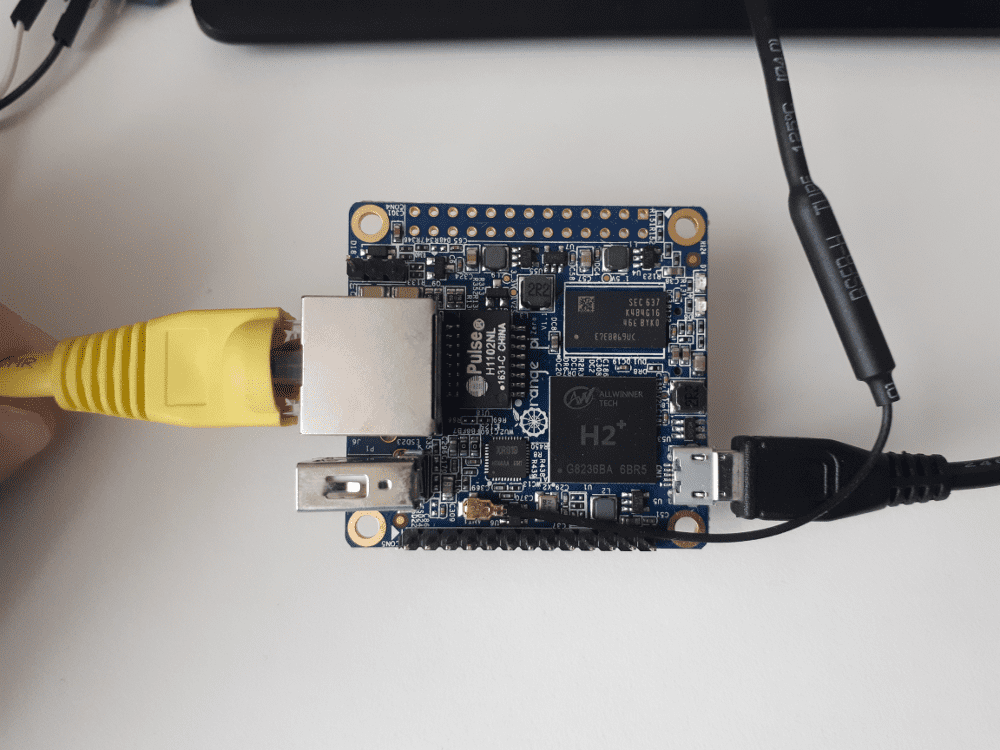
Grazer Linuxtage 2017: Python Everywhere
I like Python. It’s a clean easy to read, easy to learn language. Yet when you use it for some time you still find more features to improve your coding. What I probably like most about Python is the community and the great libraries that already exist. Often solving a problem means including a pre-existing library and writing some glue code. That makes it quick to get things up and running.
I just gave a talk on how you can run Python to automate your home (yes with Home-Assistant) but also with MicroPython
Home Assistant 0.44: Zigbee, OpenCV and DLib
This release brings some great new integrations. The biggest one is the native Zigbee integration by Russell Cloran
Another great new addition is OpenCV by Teagan Glenn
This release also includes a new component to dynamically generate RSS feeds based on a template. This means that any RSS widget on your phone, tablet or computer can now be used to show Home Assistant data!
And finally, for users of the config panel in the UI, we have fixed the issue with the group editor.
Enjoy!
If you need help…
…don’t hesitate to use our very active forums or join us for a little chat
Reporting Issues
Experiencing issues introduced by this release? Please report them in our issue tracker
New integrations
- Pushbullet notification sensor (@jotunacorn
- #7182 ) (sensor.pushbullet docs) - Add https certificate expiry sensor (@fabfurnari
- #7272 ) (sensor.cert_expiry docs) - RSS feed template (@micw
- #7032 ) (rss_feed_template docs) - Add support for Zigbee Home Automation (@rcloran
- #6263 ) (zha docs) (binary_sensor.zha docs) (light.zha docs) (sensor.zha docs) (switch.zha docs) - Support for Blinkt! lights on Raspberry Pi (@imrehg
- #7377 ) (light.blinkt docs) - Plant automation (@ChristianKuehnel
- #7131 ) (plant docs) - Add Eight sleep component (@mezz64
- #7275 ) (eight_sleep docs) (binary_sensor.eight_sleep docs) (sensor.eight_sleep docs) - OpenGarage support (@swbradshaw
- #7338 ) (cover.opengarage docs) - Add Sensibo climate platform (@andrey-git
- #7379 ) (climate docs) - Pilight binary sensor components (@zeltom
- #6774 ) (binary_sensor.pilight docs) - Opencv (@Teagan42
- #7261 ) (opencv docs) (image_processing.opencv docs) - Enviro pHAT (@imrehg
- #7427 ) (sensor.envirophat docs) - Add support for face recognition with dlib (@pvizeli
- #7421 ) (image_processing.dlib_face_detect docs) (image_processing.dlib_face_identify docs)
Release 0.44.2 - May 8
- Fix opening add-ons in Hass.io store that are not installed (@balloob
)
Release 0.44.1 - May 7
- Fix opening add-ons in Hass.io store that are not installed (@balloob
) - sensor.envirophat: add missing requirement (@imrehg
- #7451 ) (sensor.envirophat docs) - Forecasts for weather underground (@pezinek
- #7062 ) (sensor.wunderground docs) - Upgrade pymysensors to 0.10.0 (@MartinHjelmare
- #7469 ) - Fix plant MIN_TEMPERATURE, MAX_TEMPERATURE validation (@frog32
- #7476 ) (plant docs) - Update to pyunifi 2.12 (@finish06
- #7468 ) (device_tracker.unifi docs) - MQTT Cover: Fixed status reporting for range with non-zero base (@cribbstechnologies
)
Podcast.__init__ interview with Paulus Schoutsen
Earlier this year I was interviewed by Tobias Macey from Podcast.__init__
Home Assistant on a Pi Zero W in 30 minutes
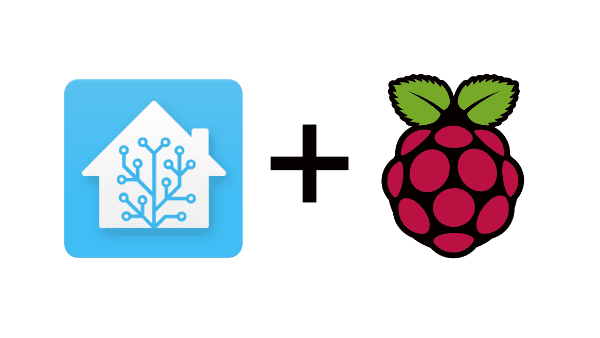
This article is very outdated guide. If you follow it you will be installing a very outdated version of Hassbian, on a hardware platform only suitable for testing. We strongly recommend you do not follow this article.
Saw the announcement yesterday for HASSbian 1.21 and got super excited?
Today we’ll flash the latest HASSbian to a Raspberry Pi Zero W
What you’ll need:
- a Raspberry Pi Zero W (an amazing tiny computer with built-in wifi)
- a microSD card
- some source of USB power
- Wifi
- a desktop or laptop
Let’s get to it!
First, download the HASSbian 1.21 image from here
Unzip it.
Flash it to the microSD card. If you need a flash tool, try balenaEtcher
When the flashing finishes, remove it and plug it back in. You should see a drive called “boot”.
Right in there, not in any folders, create a file called wpa_supplicant.conf.
The contents of the configuration file should be something like this:
(You may have to adjust for your configuration, hints here
network={
ssid="YOUR_WIFI_NETWORK_NAME_HERE"
psk="YOUR_WIFI_PASSWORD_HERE"
key_mgmt=WPA-PSK
}
Next stick your SD card into the Raspberry Pi Zero W, and plug it in.
After about a minute, use your SSH client to connect to HASSbian (or hassbian.local from a Mac), with the username pi. The default password is raspberry.
It’s a good idea to change the password. To do so, use the passwd command.
Next, type the following two commands into the SSH console:
sudo systemctl enable install_homeassistant.service
sudo systemctl start install_homeassistant.service
Wait about 15-20 minutes and voilà you have your Home Assistant on your Raspberry Pi Zero W in 30 minutes.
To try it out, go to http://hassbian:8123 or http://hassbian.local:8123 if you’re using Mac.
For further details about HASSbian, take a look at the documentation.
HASSbian 1.21 - It's about time isn't it
Hassbian 1.21 - It’s about time isn’t it
Since I, the developer of HASSbian, have been moving, started a new job and so on I’ve had few moments over for HASSbian development. The 1.2 release has been in pre-release for a few months now and just not communicated out that well. Hopefully this release changes that and I’ll do my best to release more often. There’s no simple way to update from 1.1 to 1.21 but 95% of the changes can be done by installing the hassbian-config
Hassbian 1.22 - Sins of last night
Development is sometimes fast and joyful but mistakes are made at times.
With the release of 1.21 a small problem with the OpenZWave build script wasn’t corrected even tough it was a known bug. Problem is simple as it’s only a problem with the symlink created for to the configuration folder for OpenZWave. This has been fixed and we bring some new things since they where ready anyway. The list below has been augmented with the updated information.
Hassbian-config
To allow you to customize your installation further, we have included a tool called hassbian-config. This tool comes with a set of packages that can easily be installed for easier customization of your Home Assistant installation. This replaces the hassbian-scripts functionality from 1.1.
- Install Hue. Configures the Python executable to allow usage of low numbered ports for use with Emulated Hue component that’s used with Amazon Echo, Google Home and Mycroft.ai.
- Install Mosquitto MQTT server. Installs the latest Mosquitto package and client tools from the Mosquitto projects official repository. Now includes websocket support.
- Install Libcec. Adds local HDMI-CEC support.
- Install Open Z-Wave-pip. Installs Python Open Z-Wave from a pip package. This is the quickest and recommended way of installing Z-Wave support but does not OZWCP pre-installed.
- Install Open Z-Wave. Installs Python Open Z-Wave and OZWCP from git.
- Install Samba. Allows anyone on your network to edit your configuration from any computer. This share is unsecured and its usage is not recommended if you share your network with others.
- Install Tellstick. Installs the Tellstick package for controlling and using a connected Tellstick.
- Install Tradfri. Installs dependencies for using IKEA Trådfri.
Spring cleaning
With this image there also quite a bit of cleaning of the base system and the script that generates our Raspberry Pi image.
- Replaced the
hassbian-scriptsfolder withhassbian-config. - Update
pi-gen. Our build script has been upgraded to follow the Raspbian image closer once again. Now you could build this image with Docker if your so inclined. - Added libtool and autoconf package. Dependencies for some of the pip packages.
- Pi ZeroW should now work with the image.
To follow discussions about the development of the HASSbian image or to contribute join our Discord chat server
To get started with the new image, check out the installation instructions in the getting started section.
Setting up InfluxDB and Grafana using Docker
Home Assistant collects volumes of (time series) data that are well suited for some fancy graphs. Although the History component provides some nice plots, I am sure you have always wanted those fancy Grafana
Instead of running InfluxDB
- SSH into your NAS. You may have to run
sudo suif you are getting permission errors. - Download the docker-statsd-influxdb-grafana
image using the command: docker pull samuelebistoletti/docker-statsd-influxdb-grafana - To start the container for the first-time launch:
docker run -d \ --name docker-statsd-influxdb-grafana \ -p 3003:3003 \ -p 3004:8083 \ -p 8086:8086 \ -p 22022:22 \ -p 8125:8125/udp \ samuelebistoletti/docker-statsd-influxdb-grafana:latest - The image should now be running and both InfluxBD and Grafana should be now up and running.
- You can access InfluxDB at http://NAS_IP_ADDRESS:3004/ and Grafana at http://NAS_IP_ADDRESS:3003/
- Navigate to http://NAS_IP_ADDRESS:3004/ and create the database
home_assistantusing the commandCREATE DATABASE home_assistant.
- Now, you need to configure Home Assistant to use InfluxDB. Since, we did not add any username/password to our database, we can simply add the following to our configuration.yaml (replace the IP address with that of the device running Docker) and restart Home Assistant to setup InfluxDB (you will have to fine tune it based on your preferences):
influxdb: host: 192.168.2.113 - Next, we need to configure Grafana to use InfluxDB. Navigate to http://NAS_IP_ADDRESS:3003/ to access Grafana (login with username and password
root) and add your first data source. Here’s how you can configure Grafana to use InfluxDB database. Note that 192.168.2.113 is the IP address of my NAS.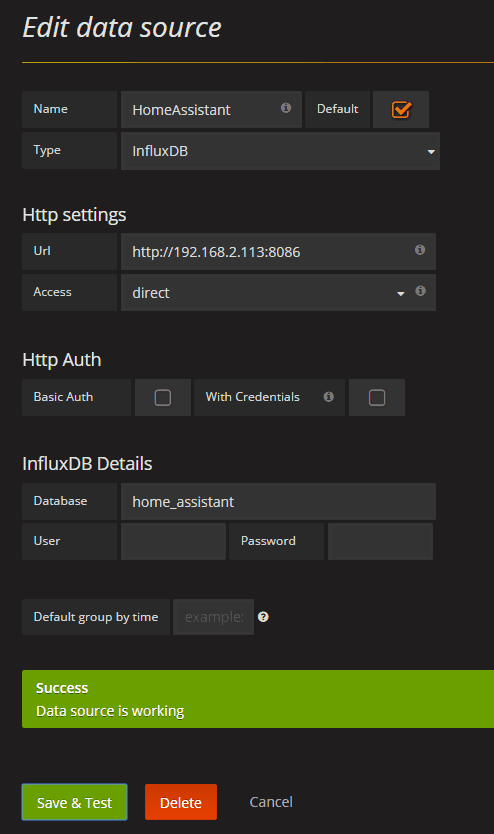
- You should see
Data source is workingif you have configured everything correctly. - With all that configured, you are now ready for the fun stuff. You can create as many dashboards as you want and then import the same in Home Assistant.
- To add the Grafana dashboard in HA, use the following config:
The URL can be obtained by clicking Share Dashboard link on your dashboard:
panel_iframe: router: title: "Temperature" url: "http://192.168.2.113:3003/dashboard/db/temperature?edit&tab=time%20range"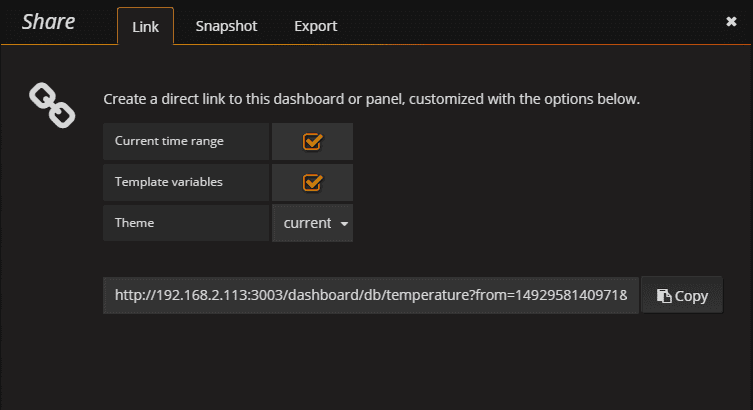
Hardware Contest 2017
We have four submissions for our Hardware Contest 2017.
- Part of IoT-course
- Automating a nursing home!
- Dedicated hardware for coding, testing, building, and contributing to Home Assistant
- HassIO - Home Assistant hub for dummies
The voting is now open. To keep things simple are we using the voting feature of the forum. Vote for your choices.
End of the voting period: April, 30 2017 - 23.59 UTC
